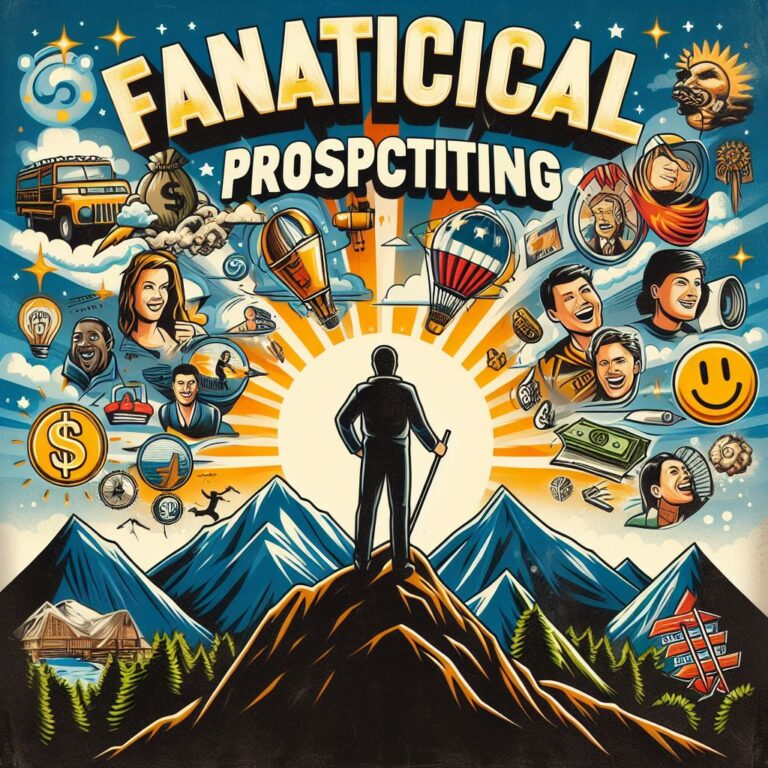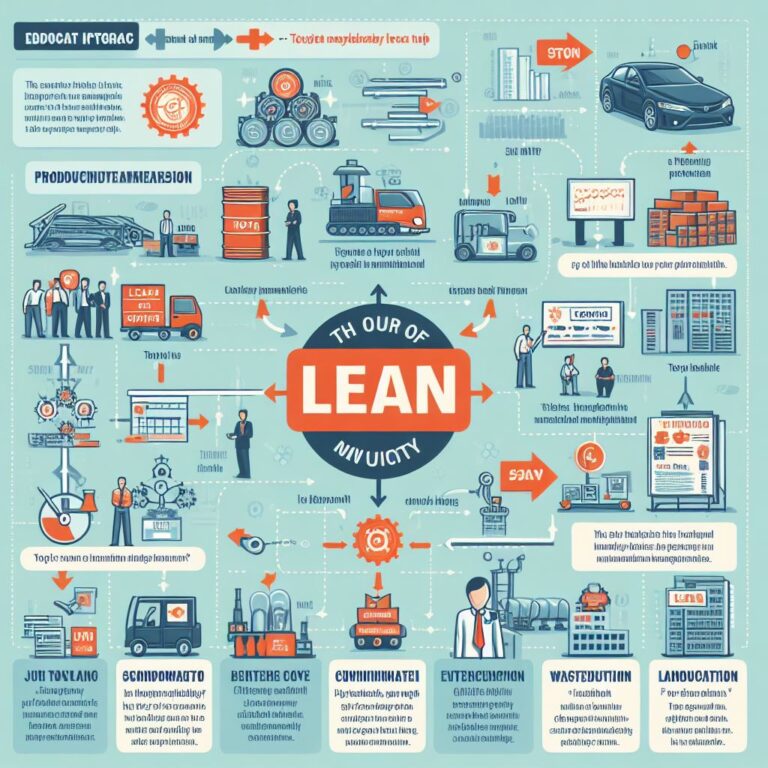Switch – Book Review
By: Chip And Dan Heath
Change is Hard: The Elephant and the Rider
Change, especially in matters of significance, is often akin to navigating a complex circus act. Drawing from the analogy of an elephant and its rider, the elephant represents the emotional aspect of decision-making, powerful yet impulsive, while the rider embodies logic, often overshadowed by emotional impulses. Understanding how to direct the rider, motivate the elephant, and shape the path is the key to effective change.
Directing the Rider: Finding the Bright Spots, Scripting Critical Moves, Pointing to the Destination
In directing the rider, the focus is on finding what’s working, akin to the approach used in addressing malnutrition in Vietnam. Instead of fixating on problems, identify the bright spots—instances where things are already working well. Scripting critical moves involves creating a plan of action, as demonstrated by a railroad company investing in projects that unlock short-term revenue. Pointing to the destination requires creating a compelling vision, exemplified by Bill Gates’ dream of a computer on every desk.
Motivating the Elephant: Find the Feeling, Shrink the Change, Grow Your People
Motivating the emotional side involves understanding that feelings drive change more effectively than analytical arguments. The story of teenagers battling cancer and a video game, Re-Mission, illustrates the power of creating an emotional connection to change behavior. Shrink the change by breaking it into manageable parts, as seen in a car wash loyalty card experiment. Growing your people involves tapping into their identities, like the Brazilian manufacturing company Brasilita did by turning employees into innovators.
Shape the Path: Tweak the Environment, Build Habits, Rally the Herd
Shaping the path involves adjusting the environment to make desired behaviors easier. Analogous to Cesar Millan’s approach to dog training, creating an environment that supports the desired behavior is crucial. Building habits relies on setting action triggers, creating specific cues for desired actions. Rallying the herd emphasizes the social aspect of change, where people are inclined to adopt behaviors observed in others. Leveraging this herd mentality can make change contagious.
Conclusion: Mastering Change
Change, whether big or small, requires a thoughtful approach that considers both logical analysis and emotional motivations. By directing the rider, motivating the elephant, and shaping the path, one can navigate the challenges of change effectively. Embracing bright spots, scripting critical moves, pointing to compelling destinations, finding emotional connections, breaking change into manageable parts, tapping into identities, adjusting environments, building habits, and leveraging social influence are all tools in the change-maker’s arsenal. Mastering change involves understanding the nuances of human behavior and utilizing strategies that address both the rational and emotional facets of decision-making.







